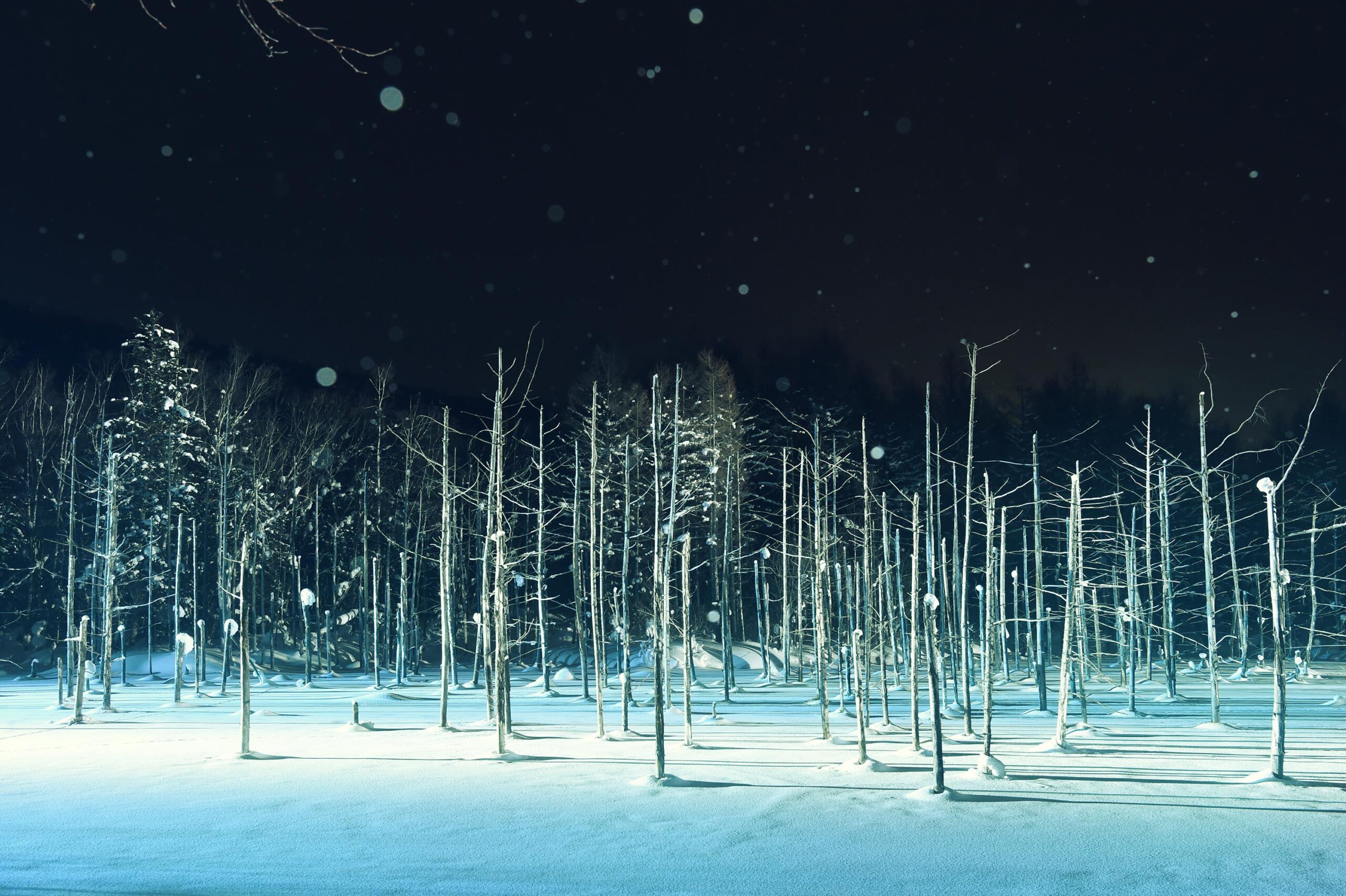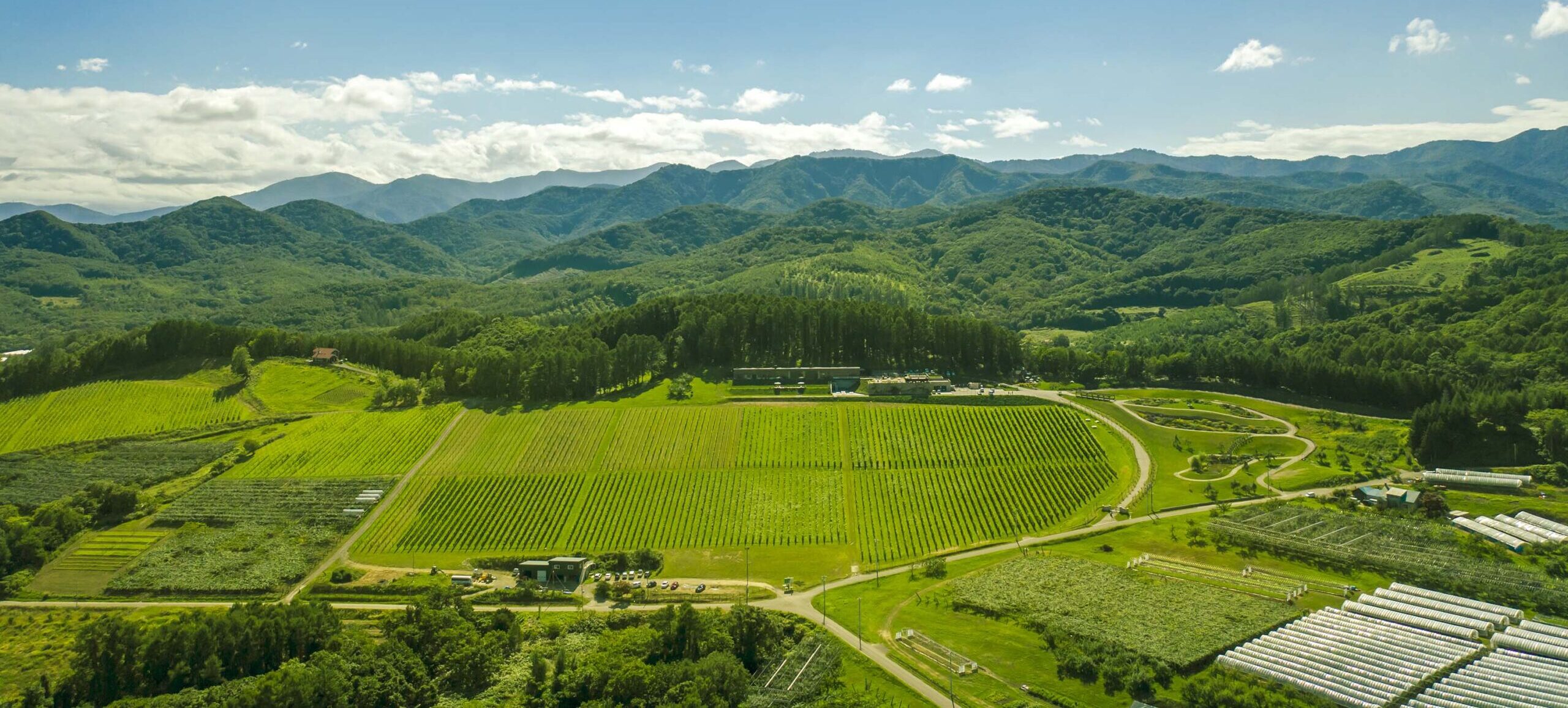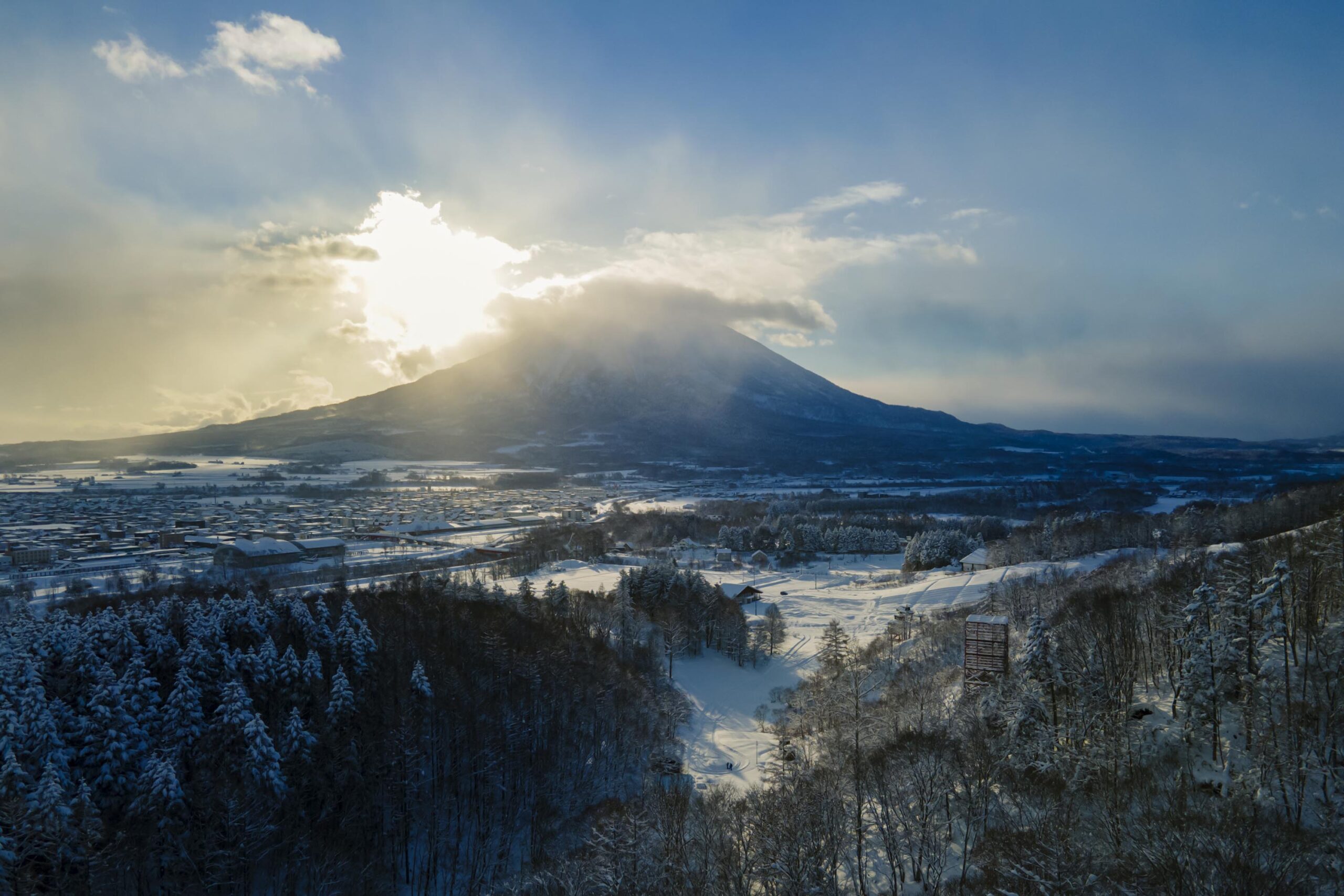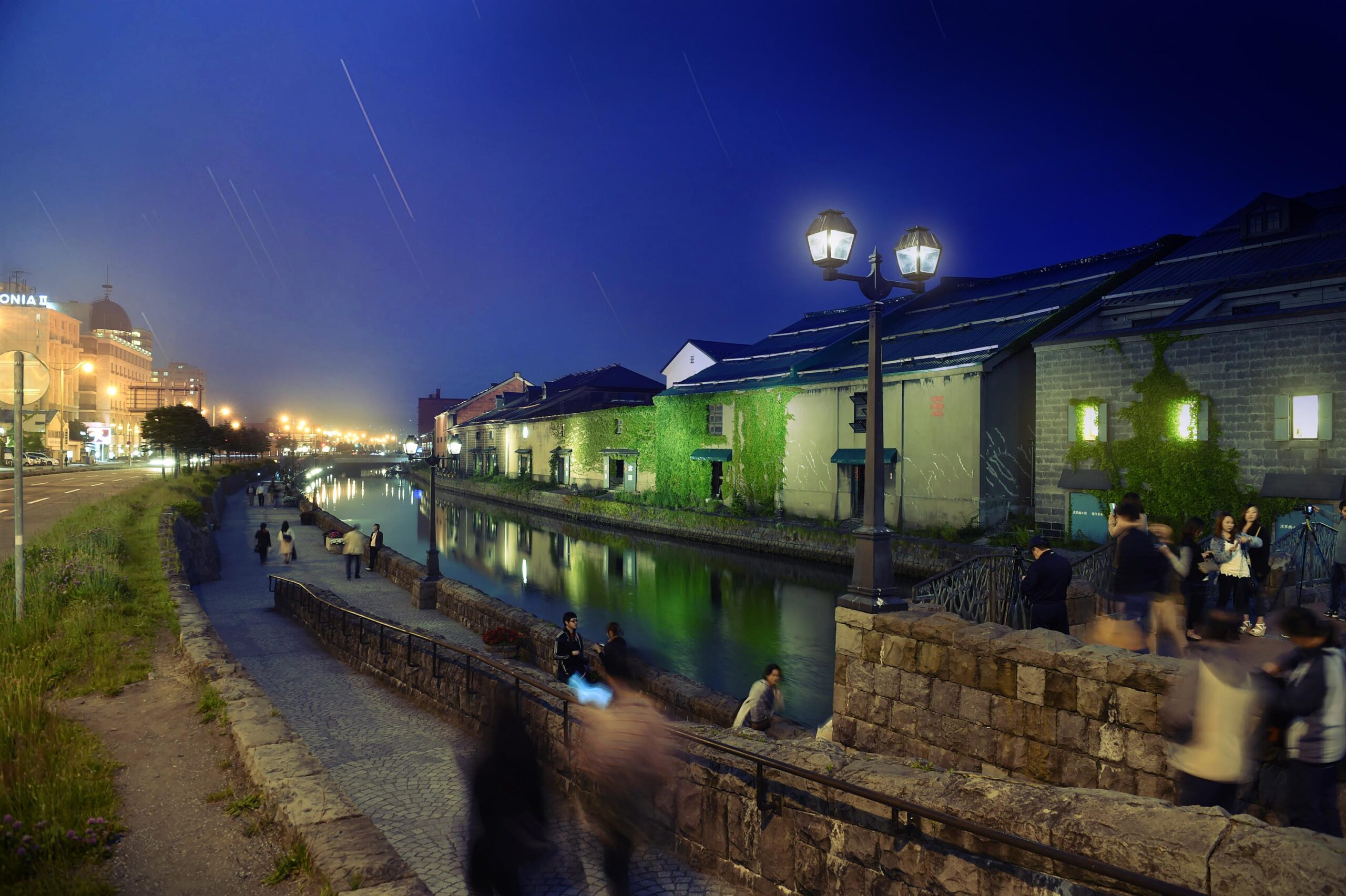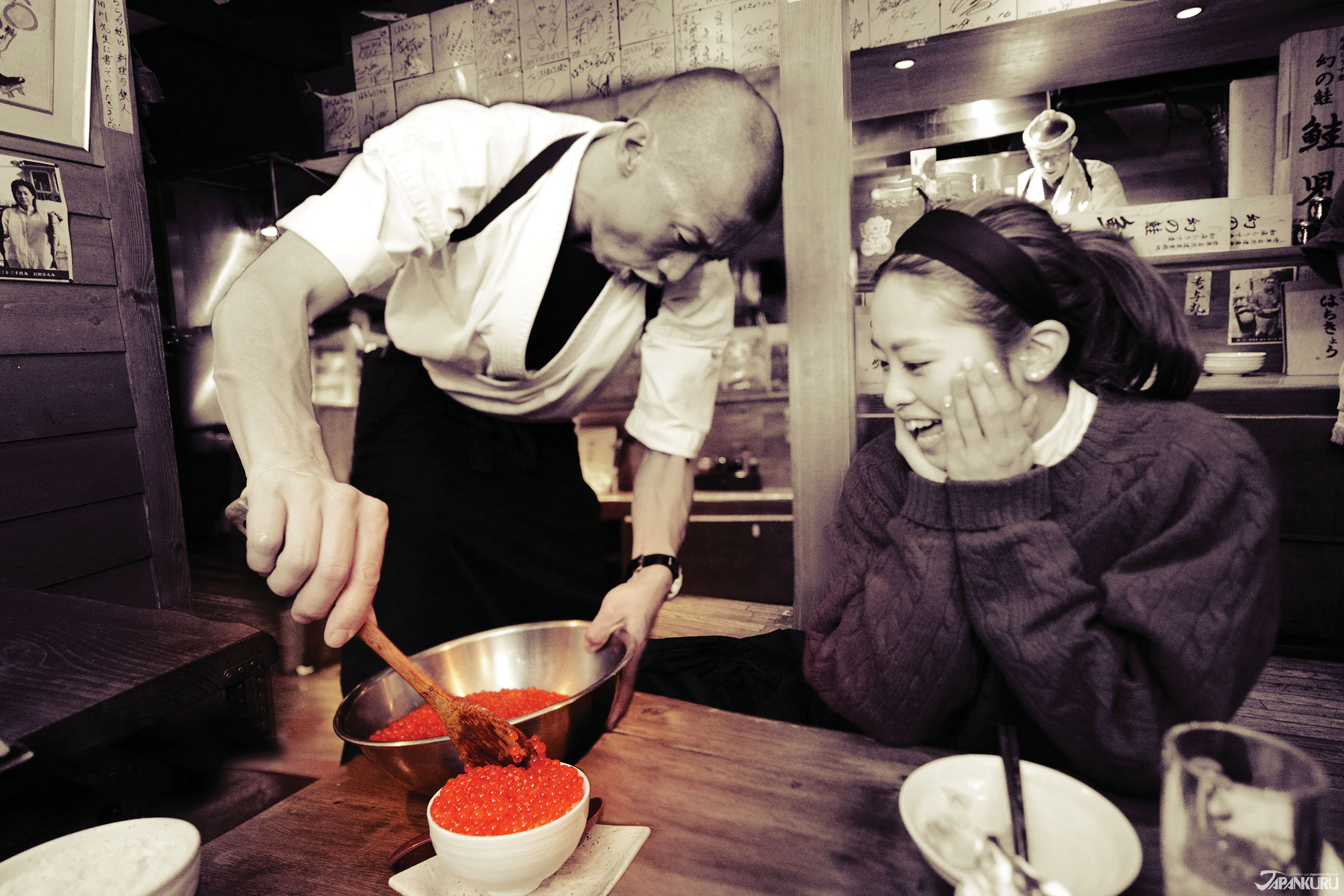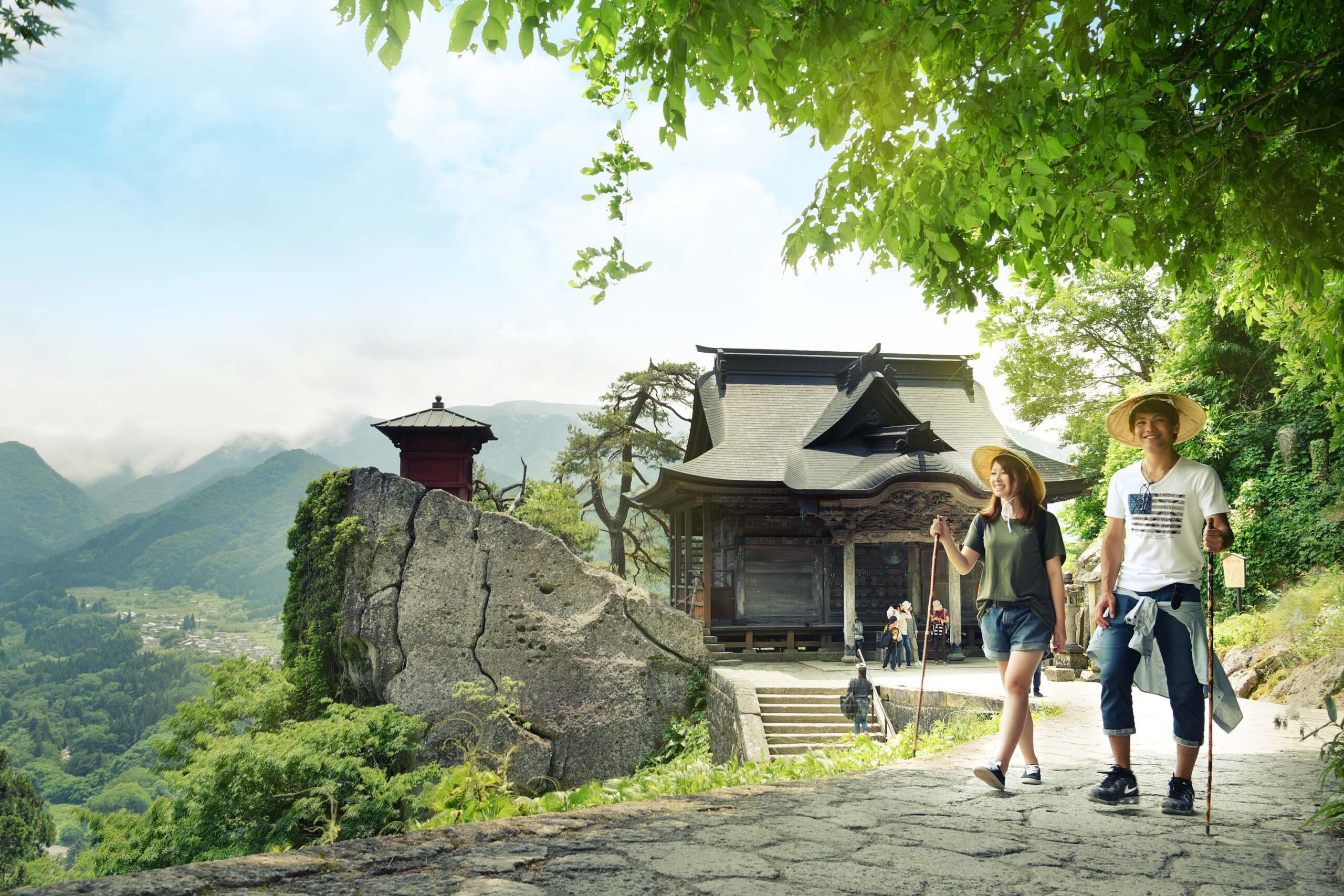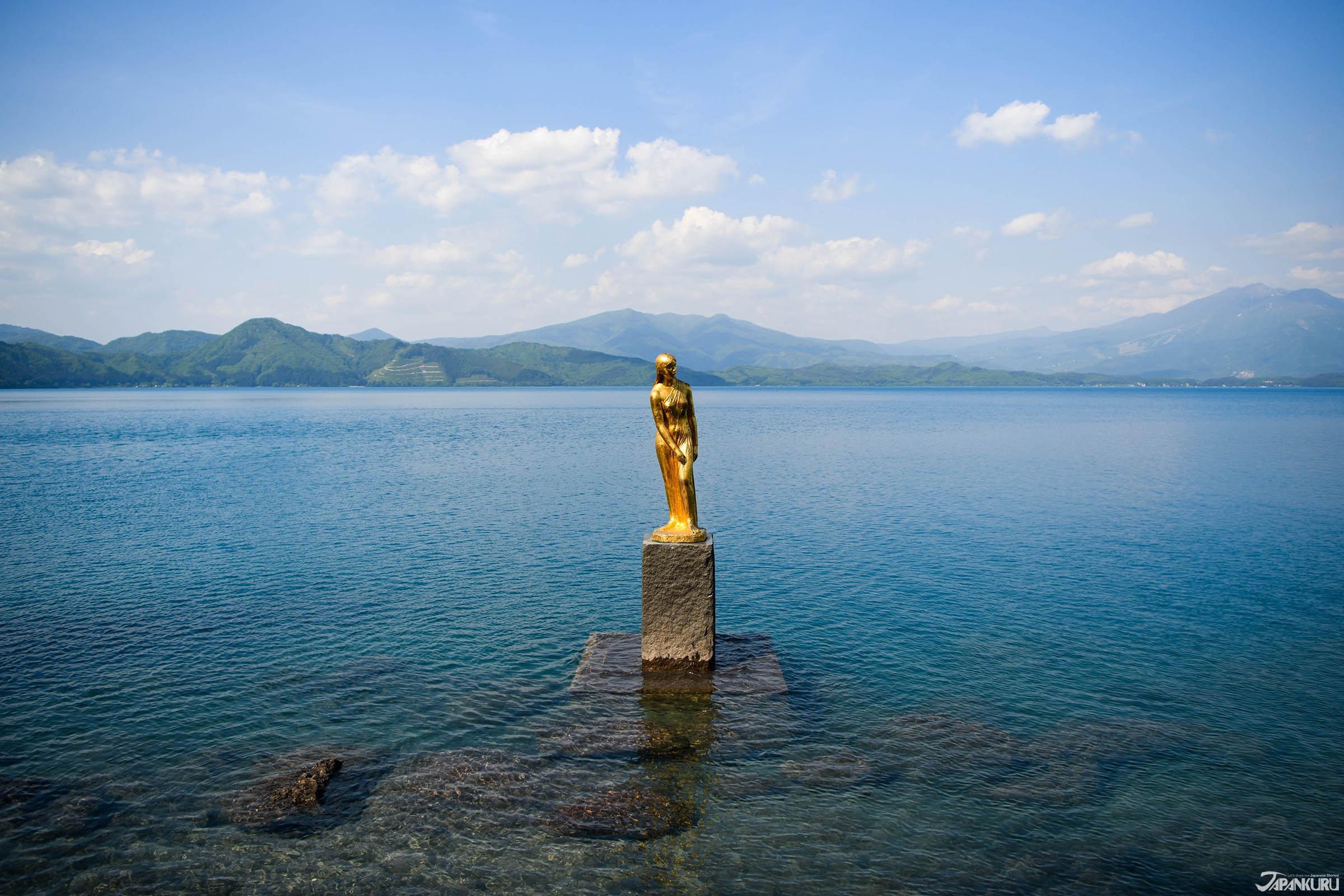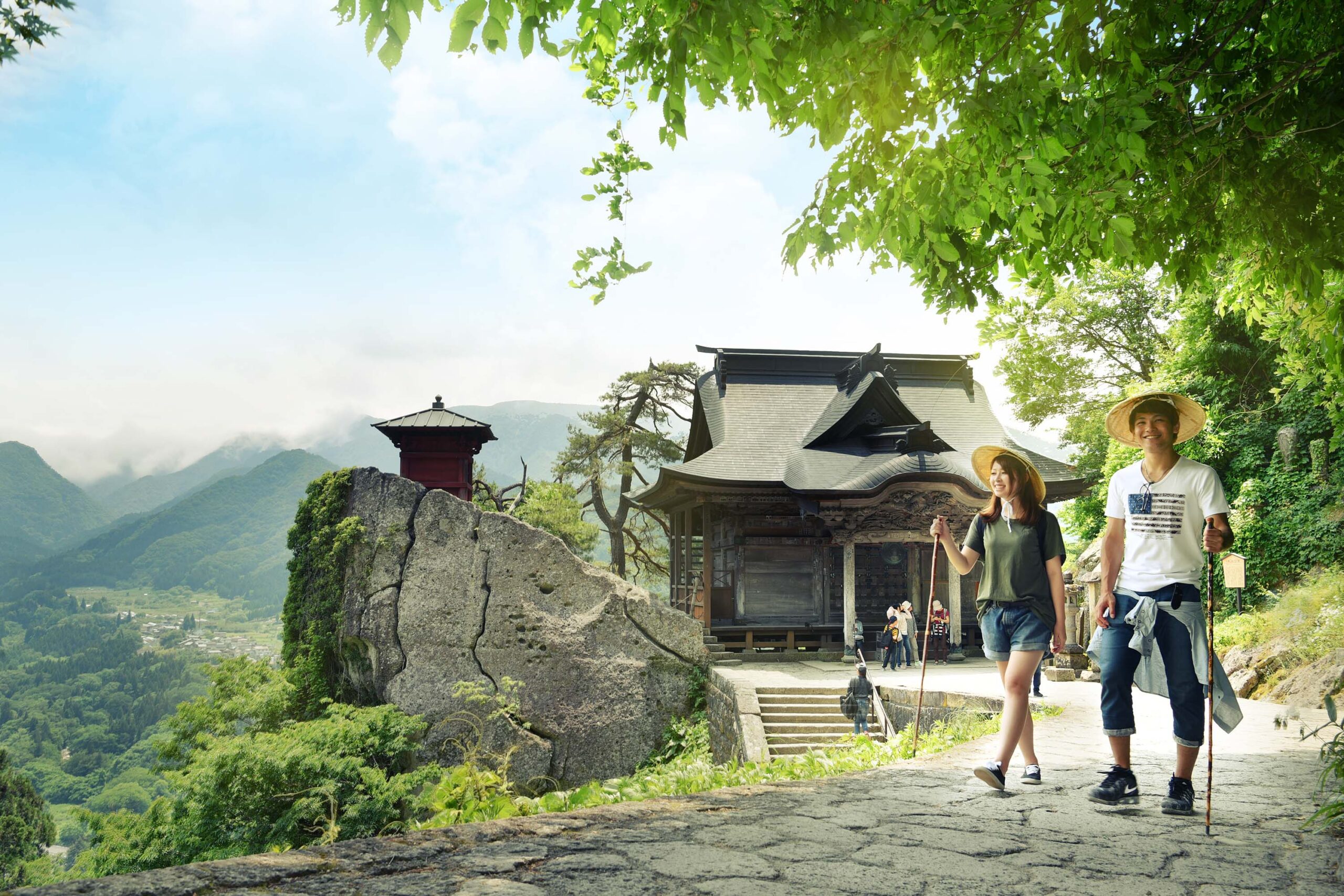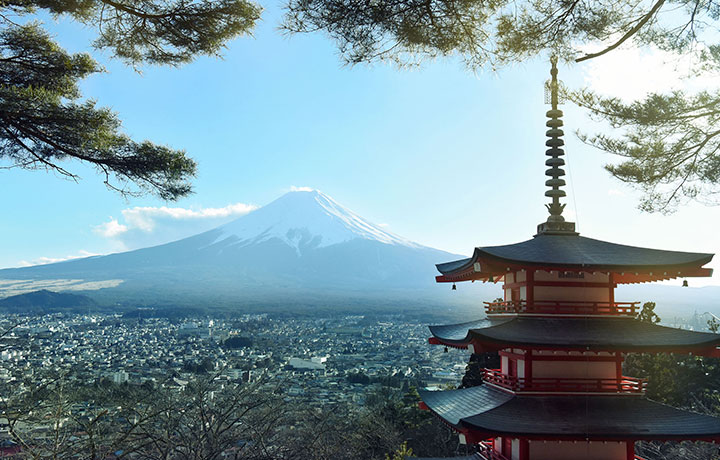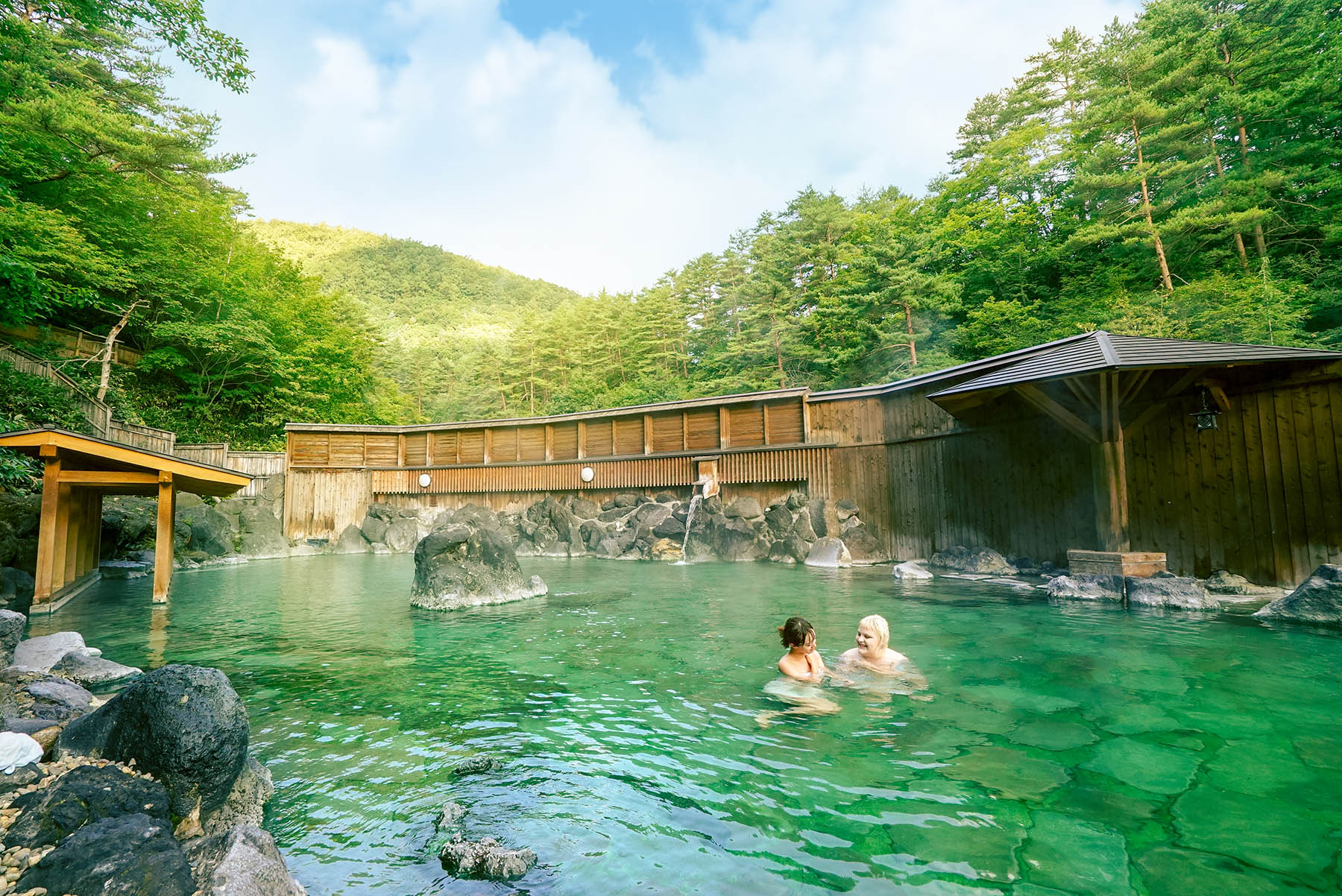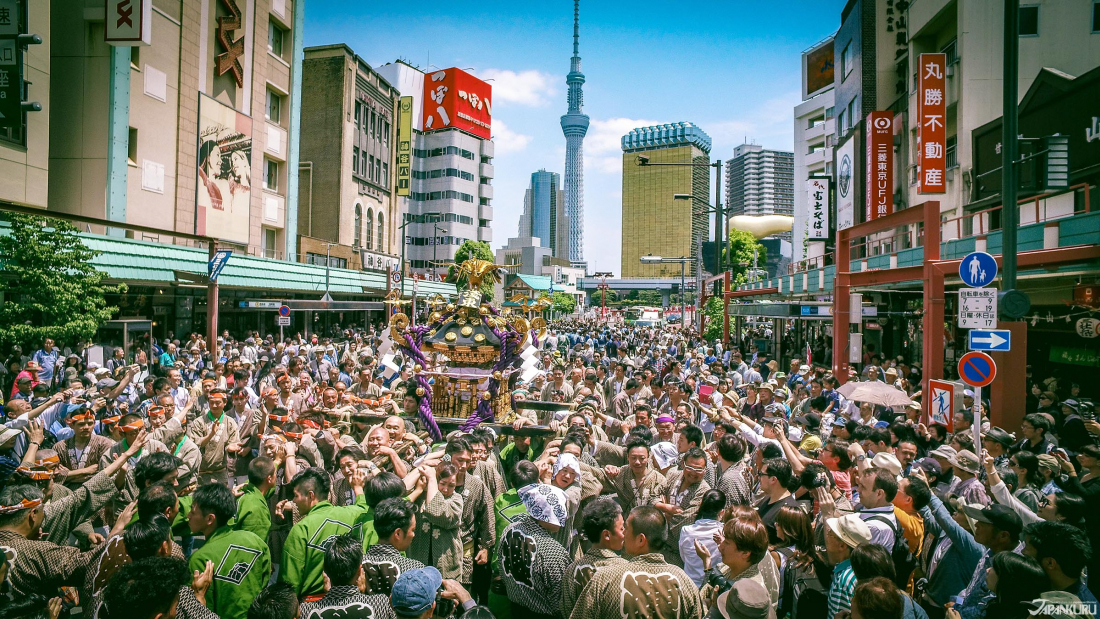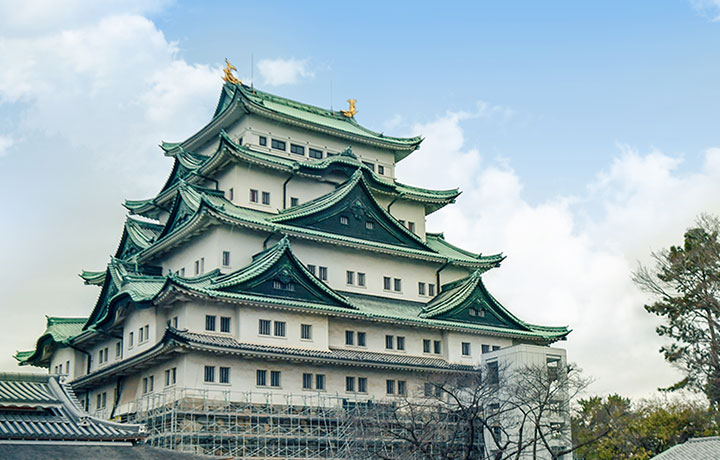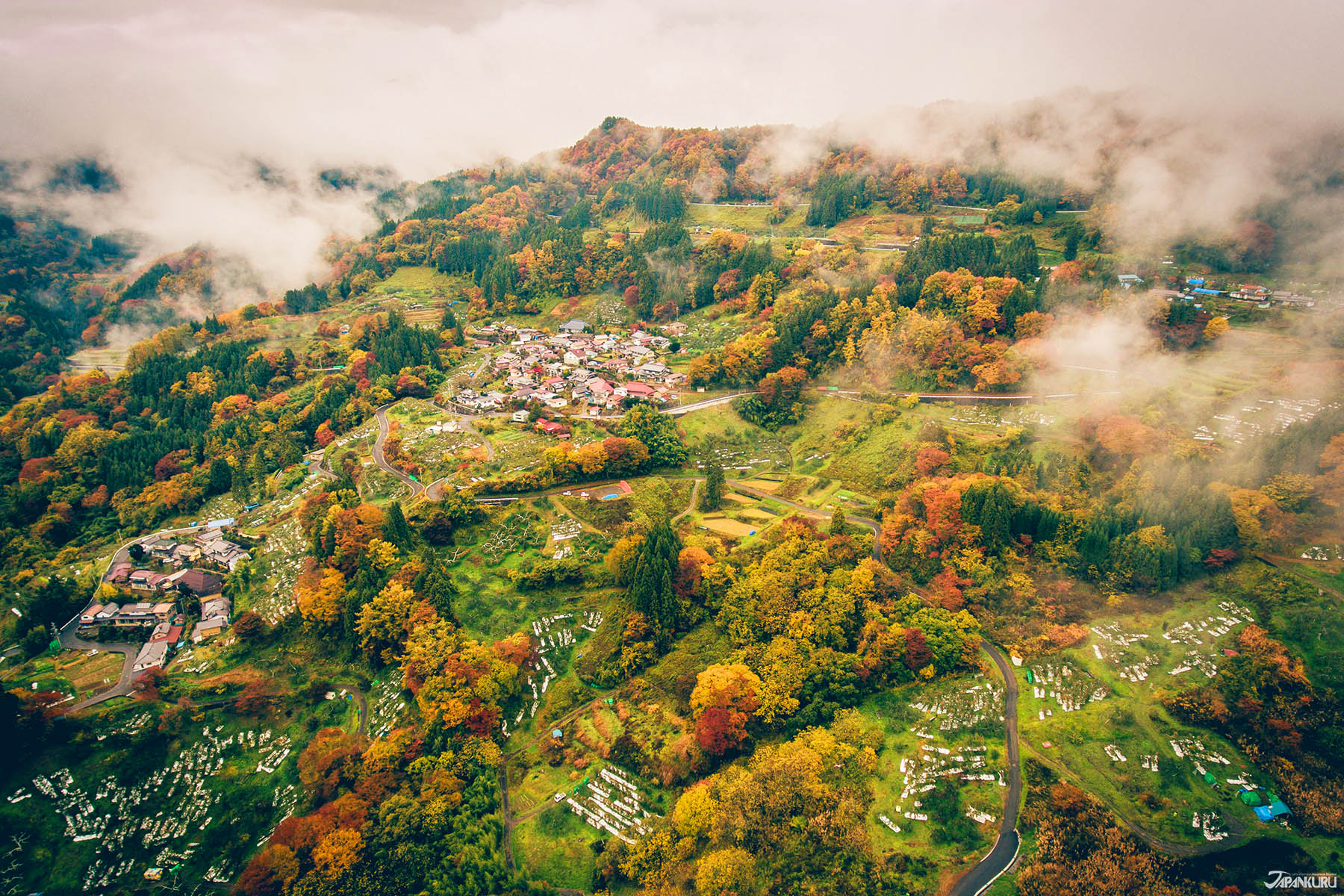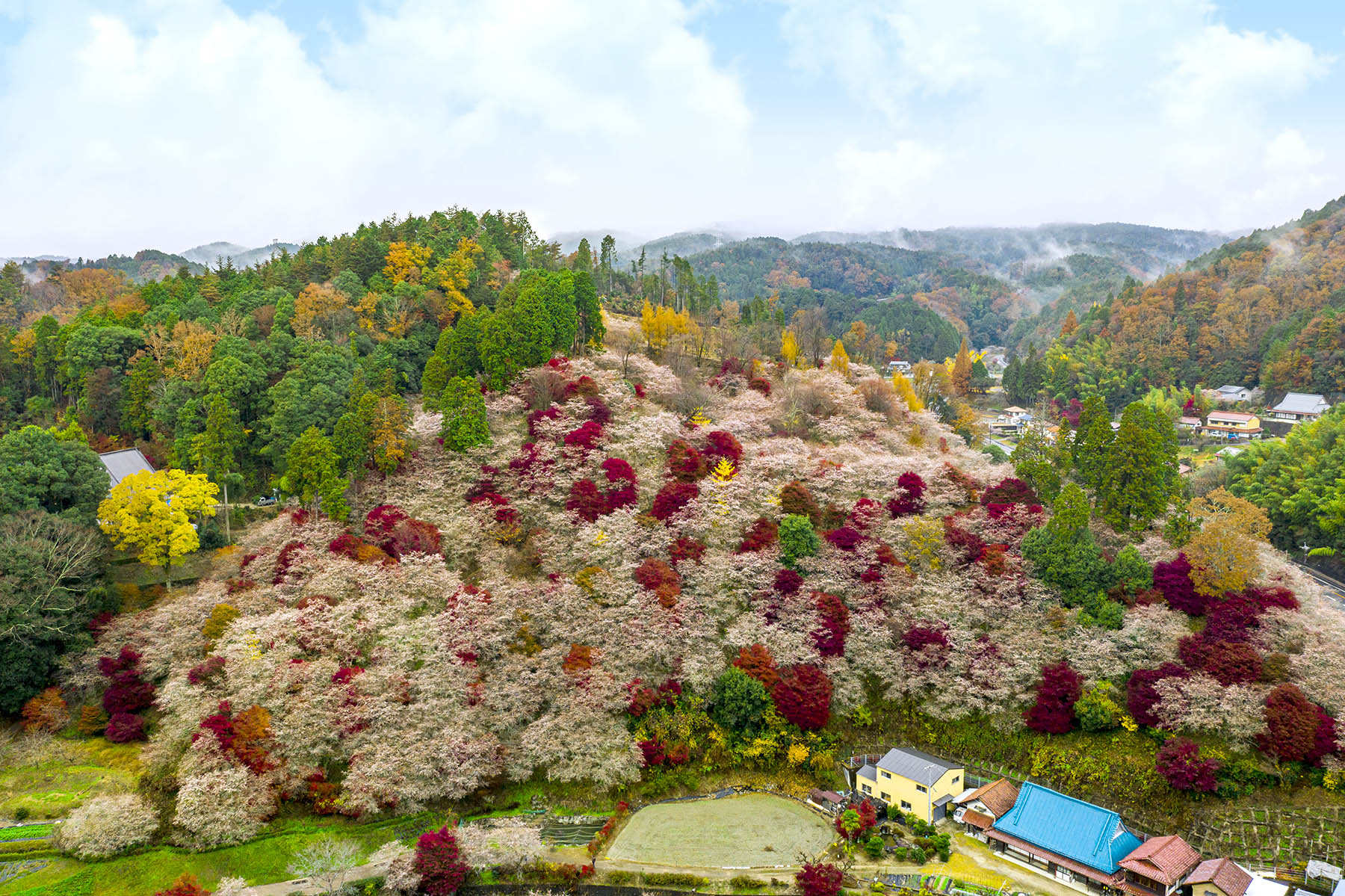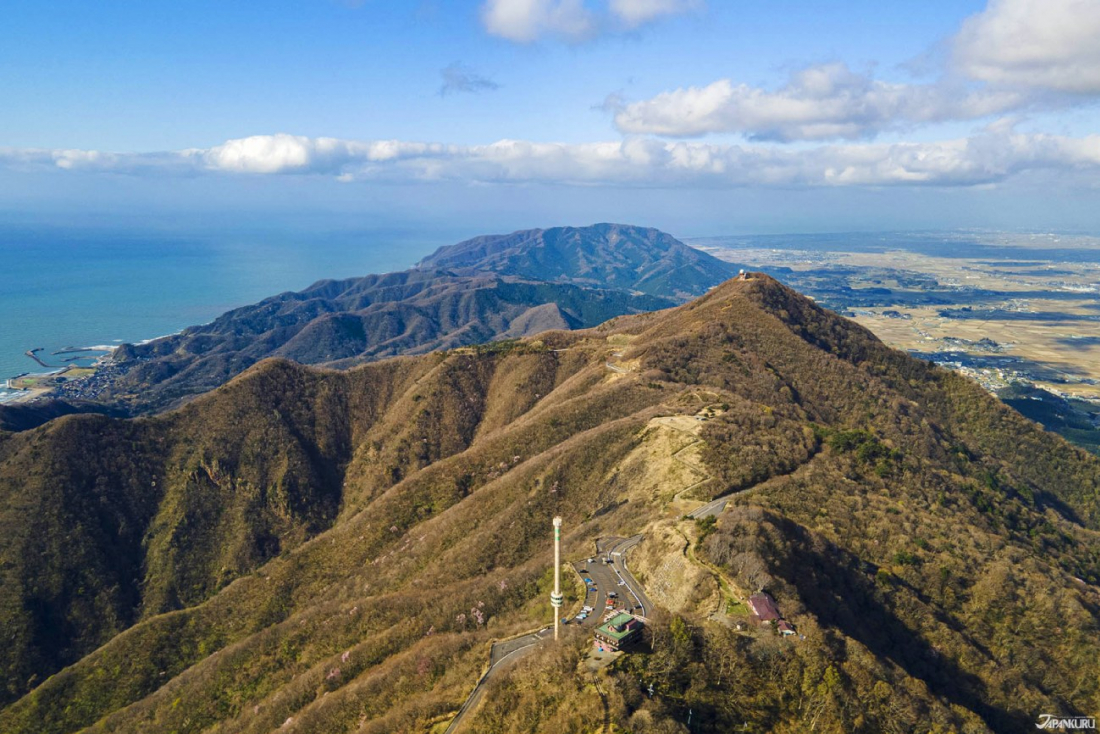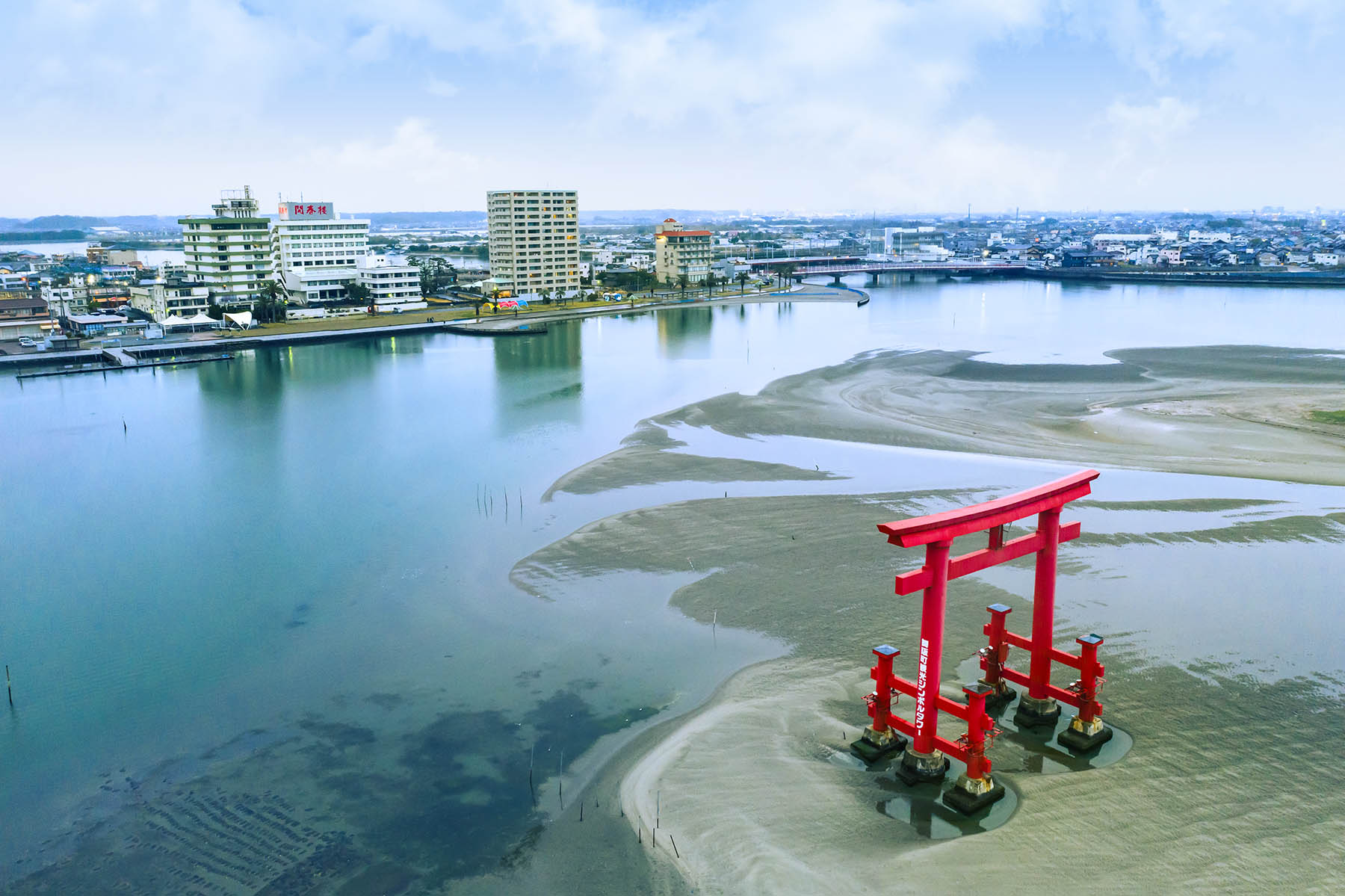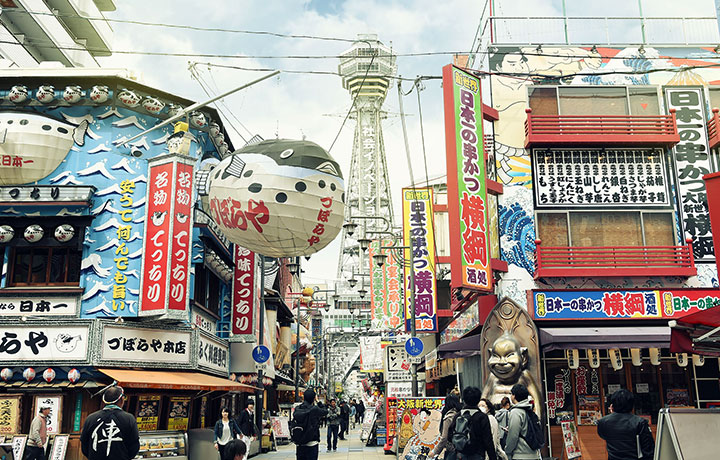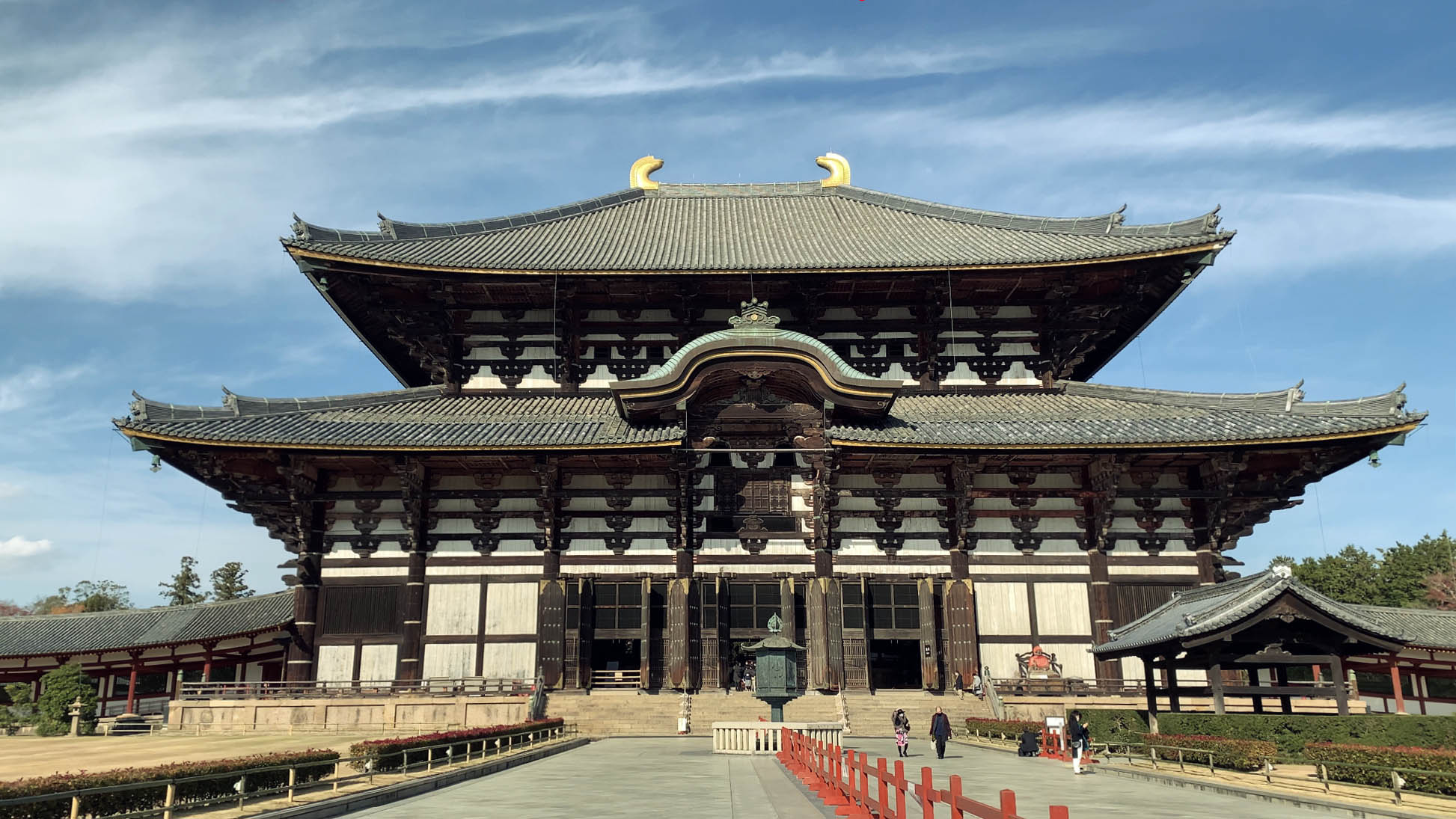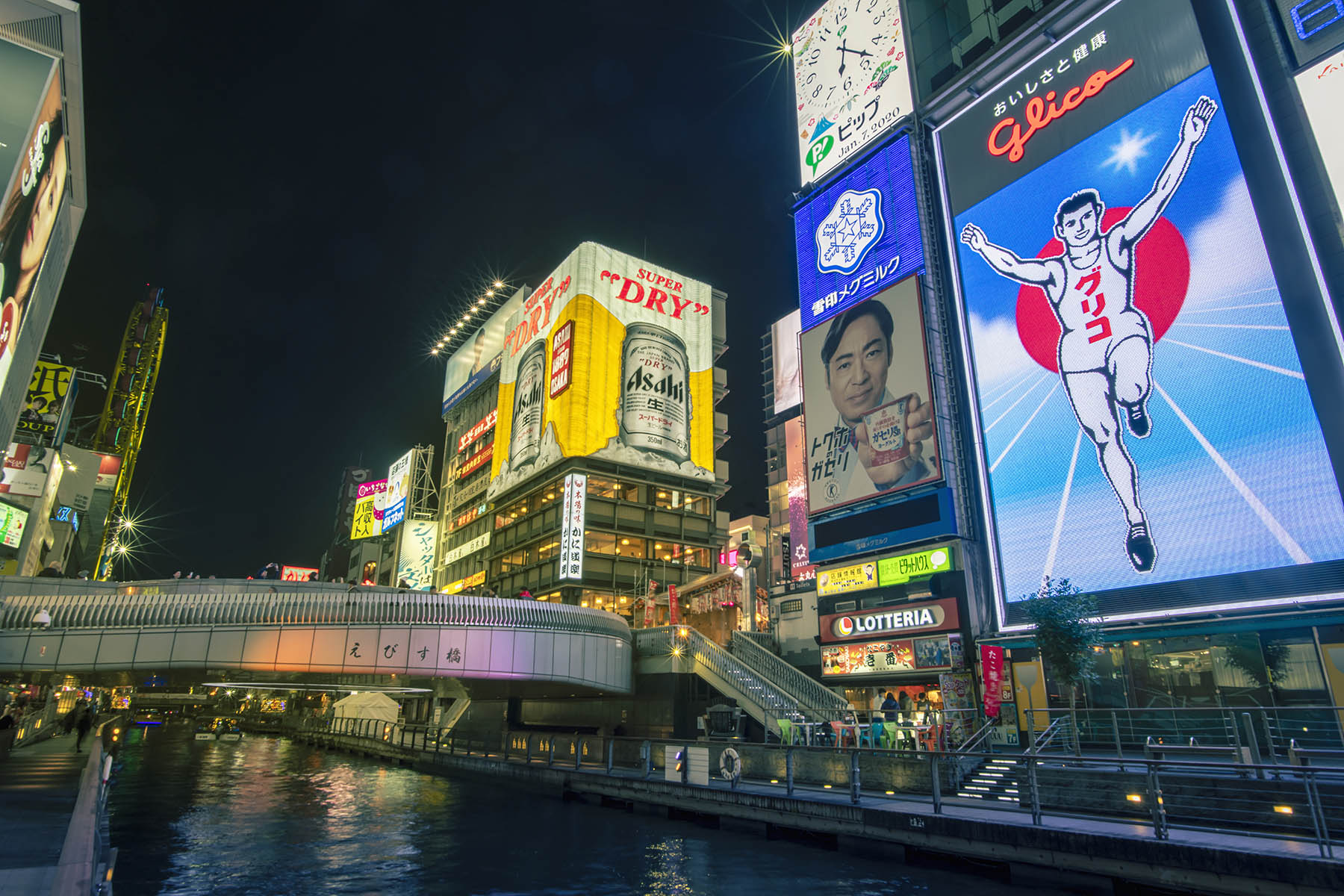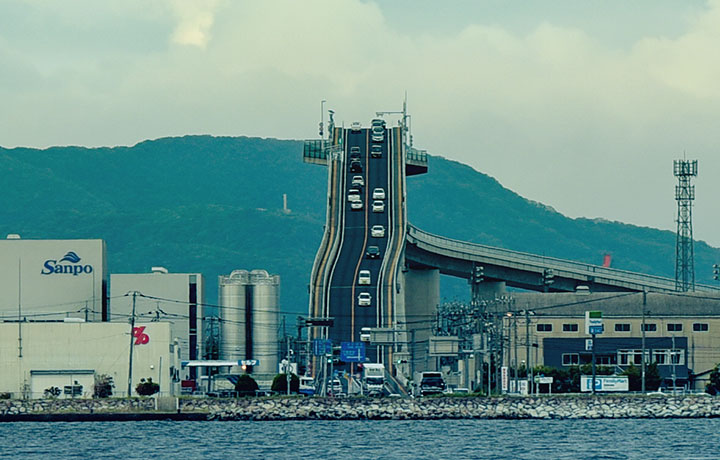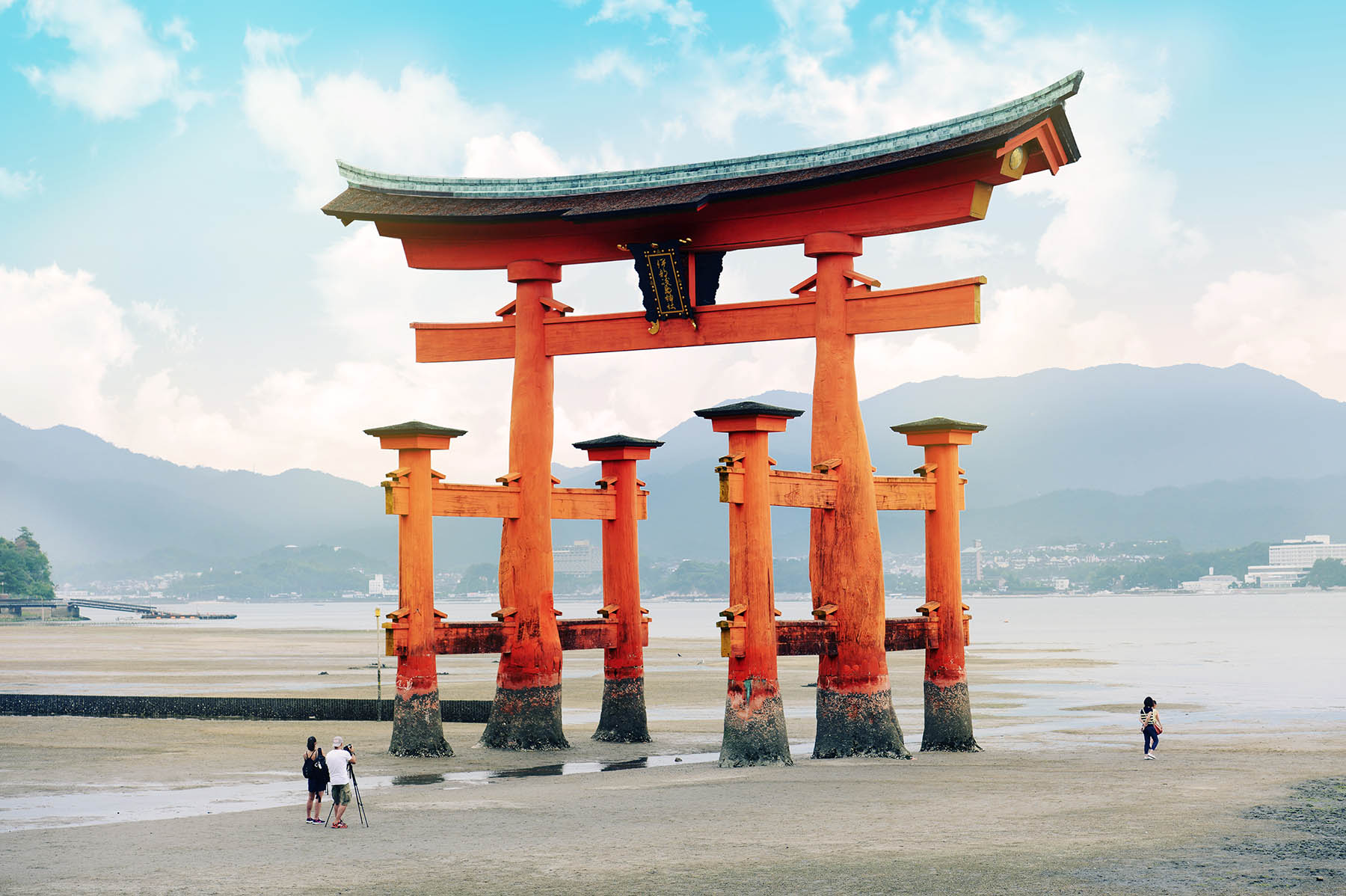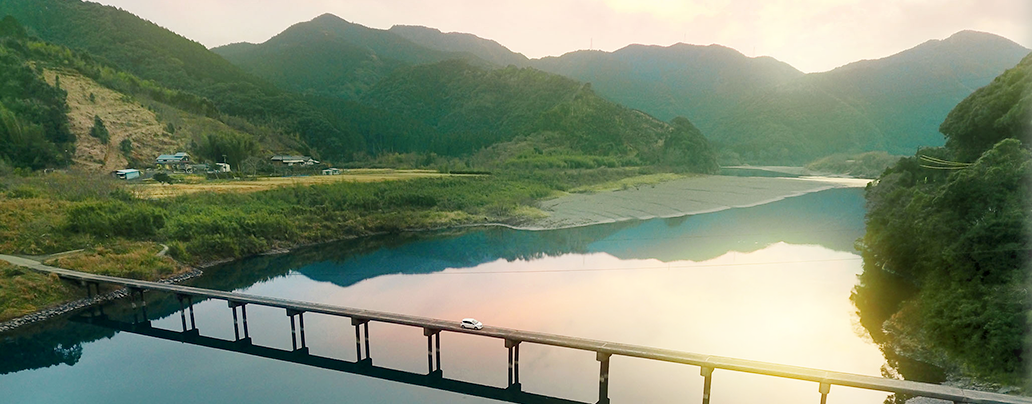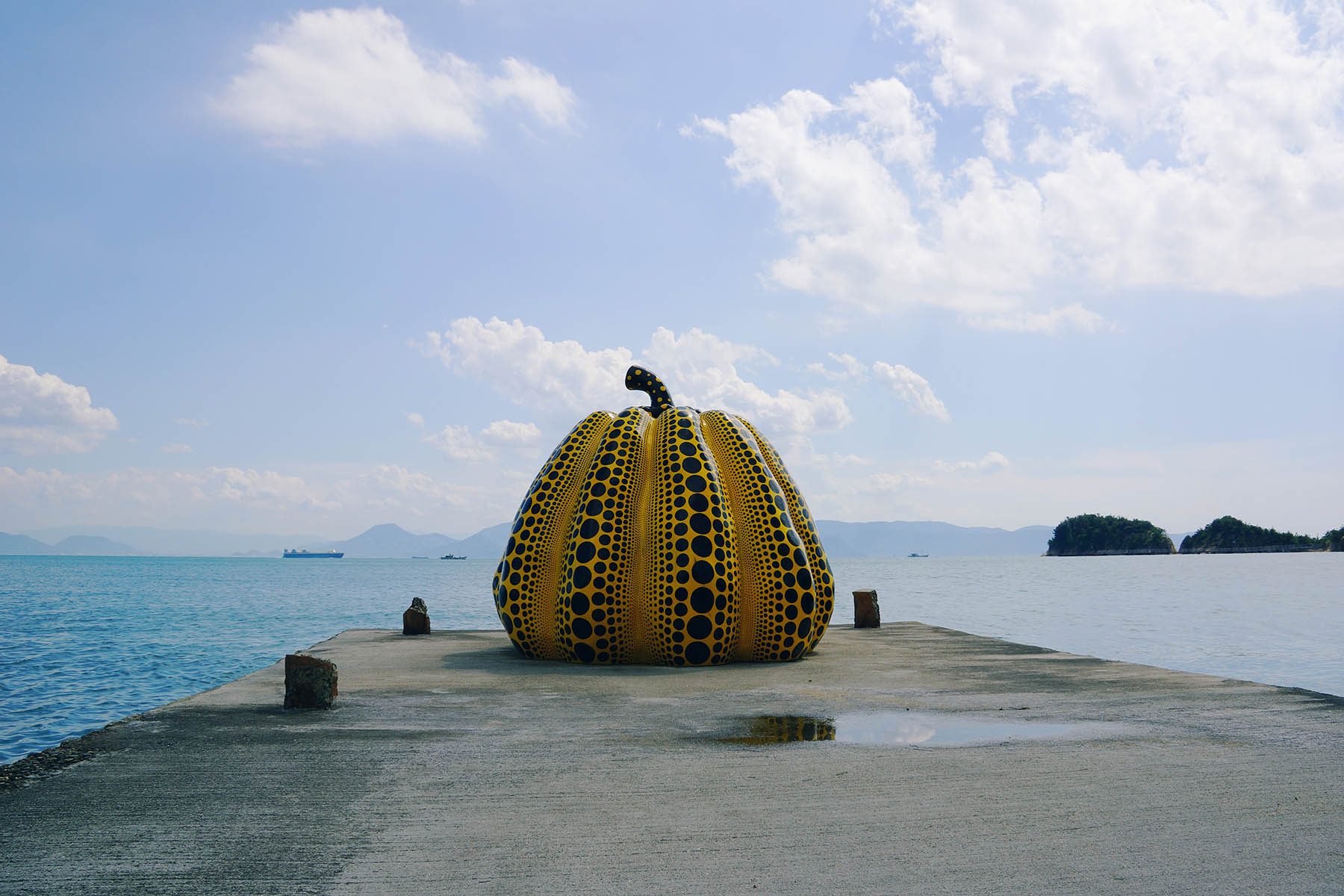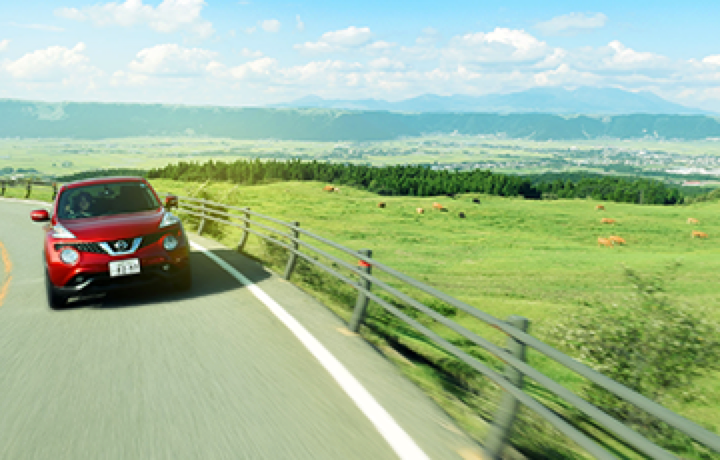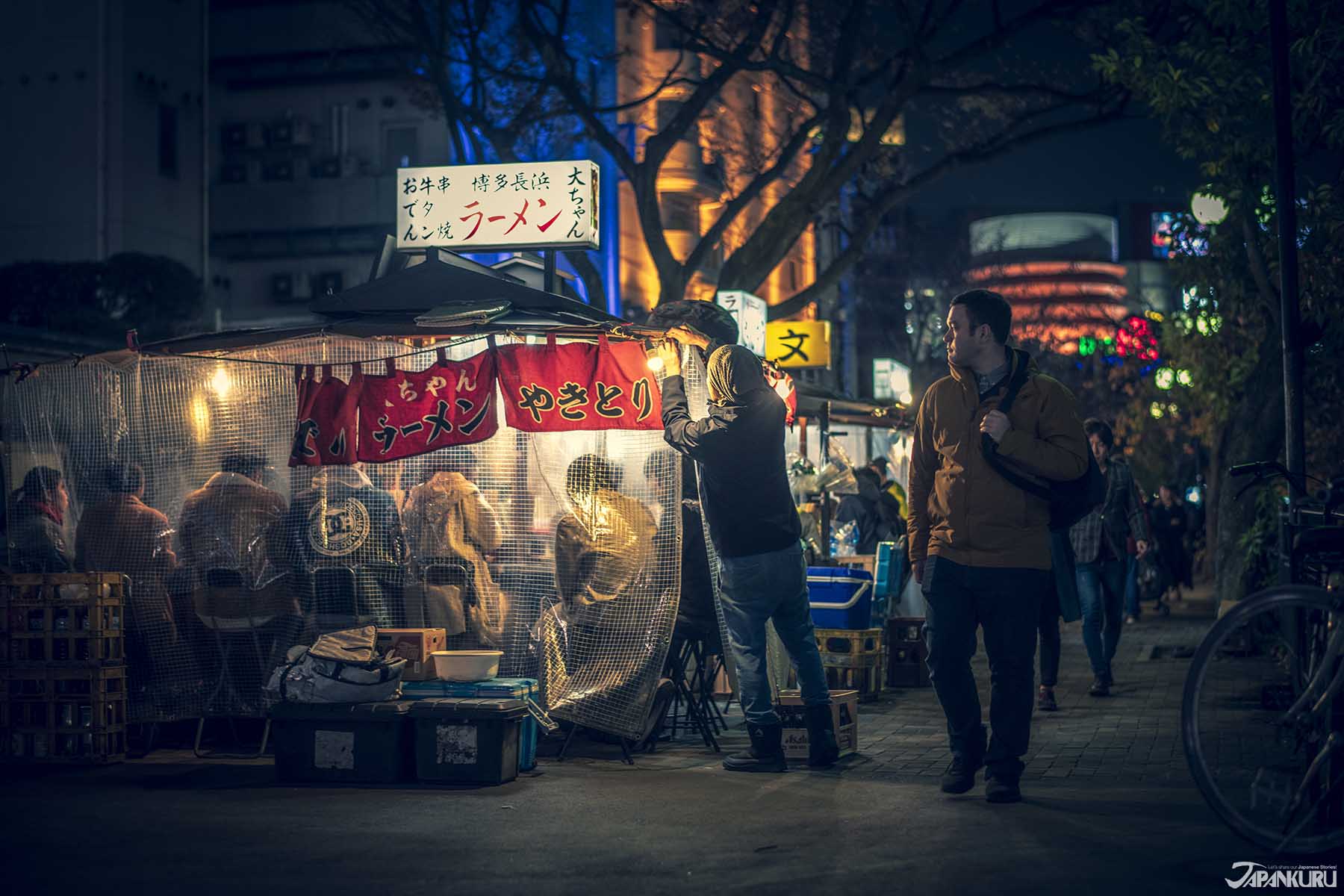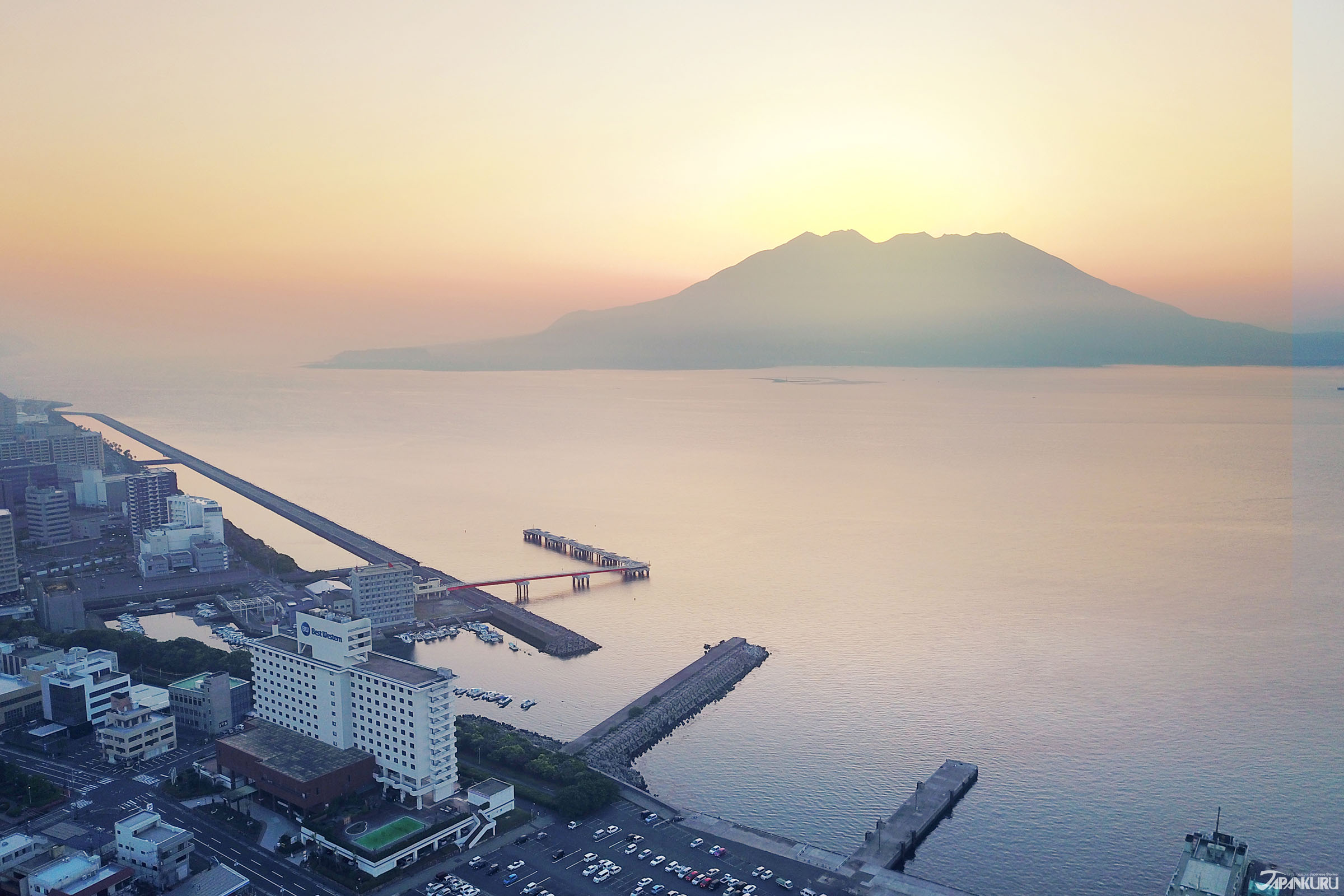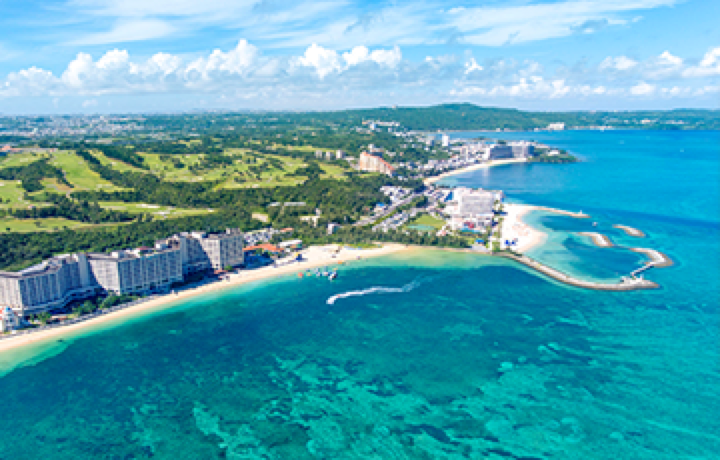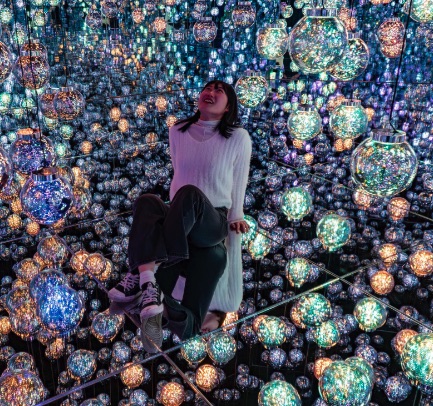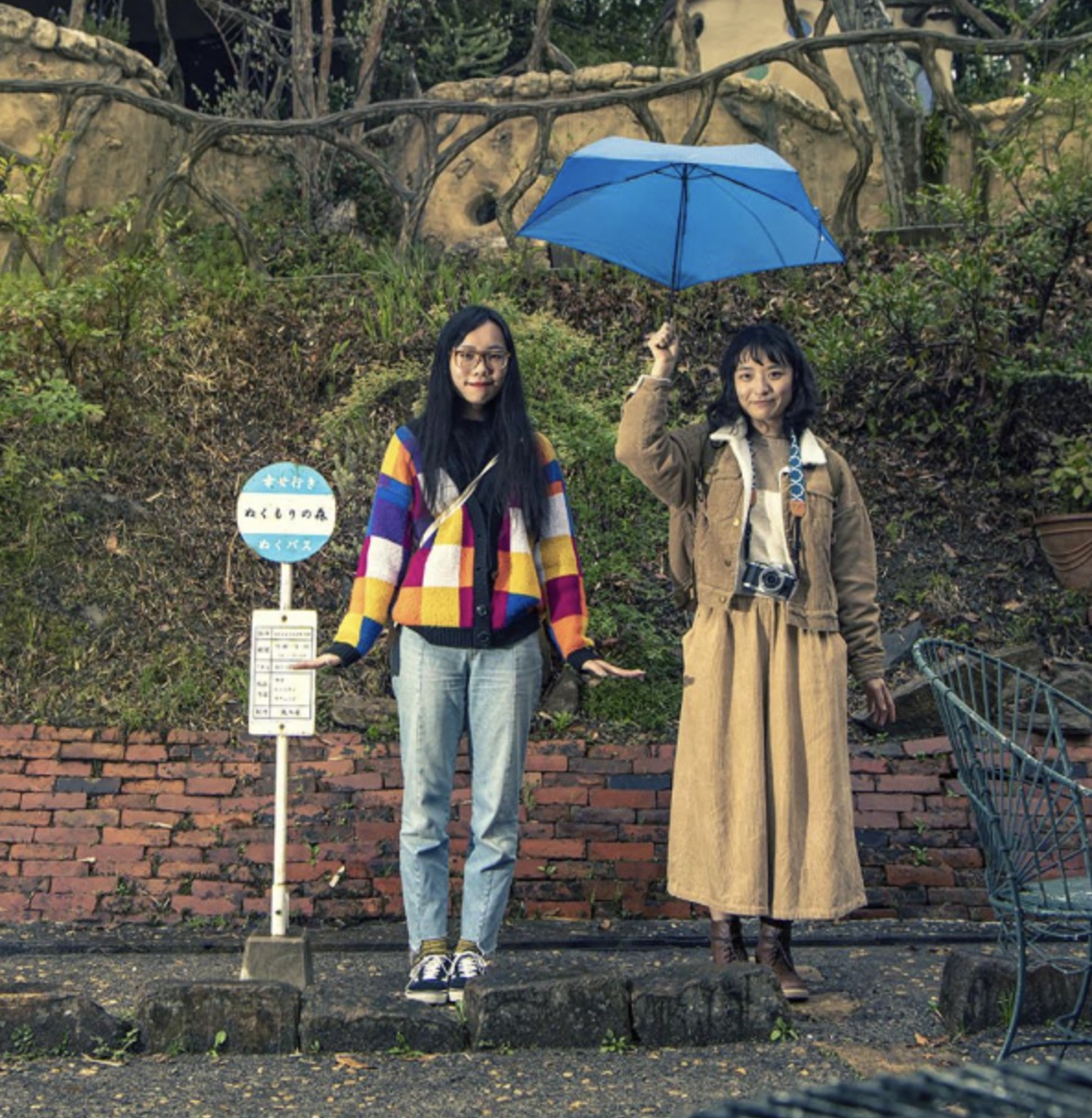CONTENTS
April showers bring May flowers, which makes this month a great time to enjoy the gardens of the Tokyo area!
Tokyo at the End of Spring
When it comes to flower viewing in Japan, most people think of the famous cherry blossoms of early spring, or maybe even the hydrangeas that bloom in early summer. But what about right in between? Well, Japan is an ideal place to enjoy flowers throughout the year, and the month of May brings everything from azaleas to roses and even late-spring tulips into bloom, not to mention the bounty of flowers found in any greenhouse! Cherry blossoms aren't the be-all and end-all of Japanese flowers, so don't miss out on Japan's May flower gardens.
Before You Go…
Ready to get out there already? We've got some recommendations to get you set for the fun day of flowers ahead! Spending the day outside in nature means you should aim to dress for the weather, which can be hard during the month of May in Japan, since the season is right on the edge of cool spring weather and summer heat, and it's not far from the many rainy days of Japan's rainy season, called "tsuyu." It's not a bad idea to keep an umbrella on hand, and on sunny days Japan is big on UV-protective clothing like these cute gloves, which you can wear to keep your skin free of sun damage. If you've got a furry friend coming with you to see the flowers, don't forget to keep them cozy too! Then again, if you're less concerned with practicalities and more interested in searching for the perfect outfit for the occasion, then look no further than Japanese fashion brand Pink House, which is famous for its "frolicking through a field of wildflowers" or "weaving daisy chains in the meadow" vibes, making it a good place to snatch a new springtime look.
Quite a few of the many gardens and parks in the wider Tokyo area (often the bigger ones like Shinjuku Gyoen or Ueno Park) also have space for visitors to stretch out on the grass and enjoy the view, so depending on your destination, you might want to bring a picnic blanket (or even a handy tote bag like this one), and pack a bento box for lunch among the flowers. So now that you're all packed and dressed to impress, you should be ready to go!
Kyu-Furukawa Gardens (旧古河庭)
This rather grand estate in northern Tokyo was once home to a notable Meiji-period politician named Mutsu Munemitsu, before it went to his second son and became the property of the Furukawa family, whose name still graces the gardens to this day. When the grounds and buildings were redesigned in the early Taisho period (1912-1926), the bottom of the hill was dedicated to a Japanese-style garden (done by famous Kyoto garden designer Ogawa Jihei), the hillside was given over to flowers and lawns in the European style, and the top of the hill was crowned by a residence designed by English architect Josiah Conder, who is noted for having brought European influence to a number of Japanese buildings during his career.
The Kyu-Furukawa Gardens are thought to be an iconic example of Taisho-era garden design, and visitors gravitate to the terraces of the garden's famous rose beds, and the banksia roses that cover the walls. At the foot of the hill, a garden pond is arranged with multiple waterfalls, shaped to resemble the elegant curves of the Japanese character for heart (心)! Visitors should keep an eye out for fringed irises and peonies in late April to early May, and aside from roses, the bottlebrush is also worth looking for during the latter part of the month!
Kyu-Furukawa Gardens
1-27-39 Nishigahara, Kita City, Tokyo
Hours: 9:00 – 17:00
Admission: 150 yen
Official Website (en)
Hana-Biyori Botanical Garden
Hana-Biyori is a modern "digital botanical garden" attached to Tokyo's popular Yomiuriland Amusement Park, and aside from a wealth of lovely flowers, the atmosphere doesn't have a lot in common with the Kyu-Furukawa Gardens! Depending on whether you visit at the beginning or the end of May, you might catch the end of the azaleas or the beginning of the hydrangeas in Hana-Biyori's many outside garden areas, but it's hard to go wrong with Hana-Biyori, because the inside of the large greenhouse-like building is full of a rainbow of fantastic flowers throughout the year, hanging from the ceiling and arranged in planters across the floor.
The first thing you're bound to notice upon entering the main building of Hana-Biyori are the 300+ hanging baskets of flowers that trail down from above, which include fuchsias, petunias, geraniums, and saxorums (cape primroses) – but that's not all there is to find inside! The main event is a flower-themed projection-mapped digital art show, and at regular intervals throughout the day colorful floral visuals shine onto the walls, ceiling, an enormous projection screen, and even a real 400-year-old palo borracho tree that lives in the center of the hall! Visitors can also participate in workshops with themes like terrarium-building, grab a cup of coffee at Japan's first-ever botanical garden Starbucks, or even say hello to the growing family of Asian small-clawed otters who live at the garden.
Hana-Biyori
4015-1 Yanokuchi, Inagi, Tokyo
Hours: 9:30 – 17:00 (Hours subject to change, check here for details and closure dates.)
Admission: adults 1,200 yen / children 600 yen
(Discounted Hana-Biyori tickets available with the purchase of a Yomiuriland Amusement Park ticket.)
Official Website (en)
Yokohama English Garden (横浜イングリッシュガーデン)
Head south along Tokyo Bay and you'll reach Yokohama, Tokyo's "little" neighbor that competes with the big city in terms of size, and also the quality of its gardens and parks. And when it comes to spectacular gardens during the later days of spring, Yokohama English Garden is an obvious choice, even if Tokyo is your home base! The whole garden is vividly green in the spring, with elegantly overgrown flower bushes and little paths that make it feel like a secret garden, despite being in the middle of an urban metropolis.
The star of the show at this English-style garden is the rose, perhaps unsurprisingly, but it's hard not to be blown away by the huge number and variety of roses found in one place: almost 3,000 rose bushes, and 2,200 different kinds! In May each year, when the rose garden is at its absolute peak, the English Garden puts on its annual Rose Festival and invites visitors to enjoy the roses at their best.
One nice thing about the garden growing 2,200 different varieties of rose, however, is that the blooming season for each one varies slightly, and visitors can enjoy different roses almost throughout the year. Time your visit for the very end of May or the very beginning of June, and you'll catch a lovely profusion of late-blooming roses mixed in with early-blooming hydrangeas!
Yokohama English Garden (横浜イングリッシュガーデン)
6-1 Nishihiranumacho, Nishi-ku, Yokohama, Kanagawa
Hours: 10:00 – 18:00
Admission: adults 800~1,200 yen / children 400~600 yen
(Entrance fees vary, check the website for details.)
Official Website (jp)
Enjoy a Day Out in the Spring Air
While the English-speaking world has been saying "April showers bring May flowers" since the 1600s, in Japan things are actually a little turned on their head – April might be a little drizzly, but the real rainy season is yet to come. So May is the perfect time to catch the gorgeous roses of Kyu-Furukawa, the outdoor areas of Hana-Biyori, and the green paths of Yokohama English Garden before tsuyu arrives with its deluge of stormy, pouring days. Beat the weather this season, and catch the May flowers before the rain catches up with you!
Details
NAME:Kyu-Furukawa Gardens (旧古河庭) / Hana-Biyori Botanical Garden / Yokohama English Garden (横浜イングリッシュガーデン)
Looking for the latest trends and products coming out of Japan? We've got you covered!
COMMENT
FEATURED MEDIA
VIEW MOREMAP OF JAPAN
SEARCH BY REGION

LATEST
VIEW MOREEVENT CALENDAR
VIEW MOREMOST POPULAR
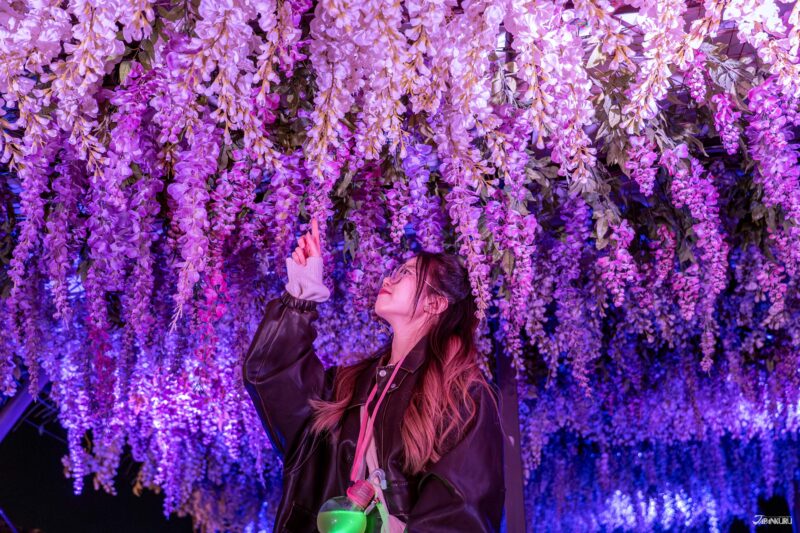 Tokyo Winter Recommendation: Don’t Miss Tokyo Mega Illumination, Japan’s #1 Light Show
Tokyo Winter Recommendation: Don’t Miss Tokyo Mega Illumination, Japan’s #1 Light Show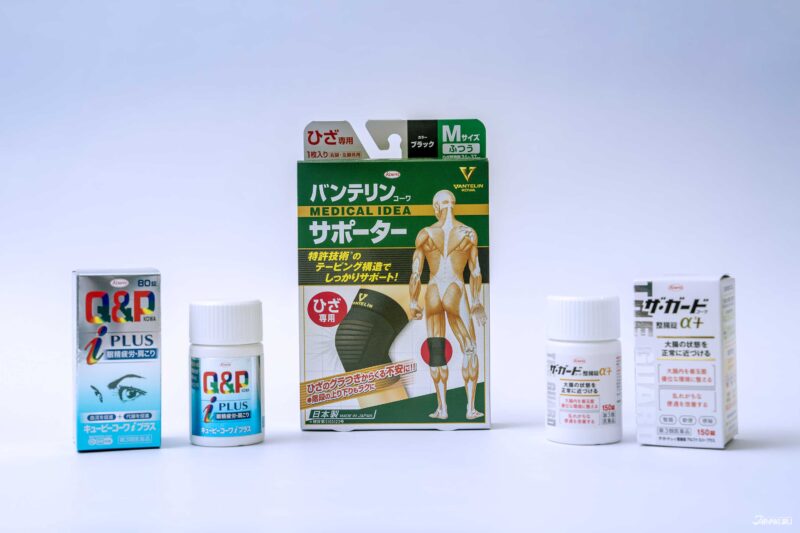 ป้ายยาสินค้าน่าซื้อในร้านขายยาญี่ปุ่น | KOWA ผลิตภัณฑ์เพื่อสุขภาพสำหรับคนยุคใหม่
ป้ายยาสินค้าน่าซื้อในร้านขายยาญี่ปุ่น | KOWA ผลิตภัณฑ์เพื่อสุขภาพสำหรับคนยุคใหม่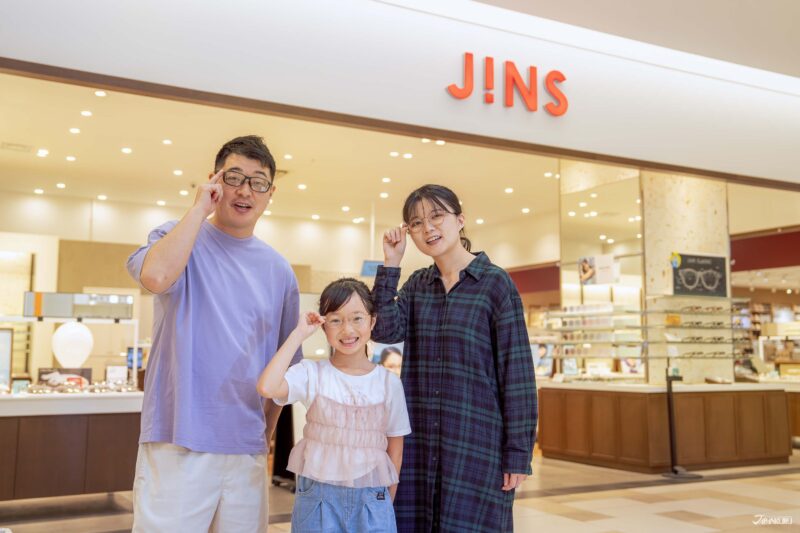 Okinawa Family Road Trip: Japanese Glasses Shopping at San-A Urasoe West Coast PARCO CITY, Discount Coupons, & Okinawa Sightseeing with JINS
Okinawa Family Road Trip: Japanese Glasses Shopping at San-A Urasoe West Coast PARCO CITY, Discount Coupons, & Okinawa Sightseeing with JINS














 >> Find out more at Japankuru.com! (link in bio)
#
>> Find out more at Japankuru.com! (link in bio)
#





 The Robot Restaurant is gone, but the Samurai Restaurant is here to take its place. Check it out, and don't forget your coupon!
The Robot Restaurant is gone, but the Samurai Restaurant is here to take its place. Check it out, and don't forget your coupon!
 신주쿠의 명소 로봇 레스토랑이 사무라이 레스토랑으로 부활! 절찬 쿠폰 발급중
신주쿠의 명소 로봇 레스토랑이 사무라이 레스토랑으로 부활! 절찬 쿠폰 발급중
 18歲以上才能入場的歌舞秀,和你想的不一樣!拿好優惠券去看看~
#tokyo #shinjuku #samurairestaurant #robotrestaurant #tokyotrip #도쿄여행 #신주쿠 #사무라이레스토랑 #이색체험 #할인이벤트 #歌舞伎町 #東京景點 #武士餐廳 #日本表演 #日本文化體驗 #japankuru #japantrip #japantravel #japanlovers #japan_of_insta
18歲以上才能入場的歌舞秀,和你想的不一樣!拿好優惠券去看看~
#tokyo #shinjuku #samurairestaurant #robotrestaurant #tokyotrip #도쿄여행 #신주쿠 #사무라이레스토랑 #이색체험 #할인이벤트 #歌舞伎町 #東京景點 #武士餐廳 #日本表演 #日本文化體驗 #japankuru #japantrip #japantravel #japanlovers #japan_of_insta
 코지마 x 빅 카메라 쿠폰으로 일본 가전 제품 쇼핑하기
#pr #japankuru #japanshopping #kojima #biccamera #japaneseskincare #yaman #dji #osmopocket3 #skincaredevice #日本購物 #美容儀 #相機 #雅萌 #日本家電 #일본여행 #면세 #여행꿀팁 #일본쇼핑리스트 #쿠폰 #일본쇼핑 #일본브랜드 #할인 #코지마 #빅카메라 #japankurucoupon
코지마 x 빅 카메라 쿠폰으로 일본 가전 제품 쇼핑하기
#pr #japankuru #japanshopping #kojima #biccamera #japaneseskincare #yaman #dji #osmopocket3 #skincaredevice #日本購物 #美容儀 #相機 #雅萌 #日本家電 #일본여행 #면세 #여행꿀팁 #일본쇼핑리스트 #쿠폰 #일본쇼핑 #일본브랜드 #할인 #코지마 #빅카메라 #japankurucoupon